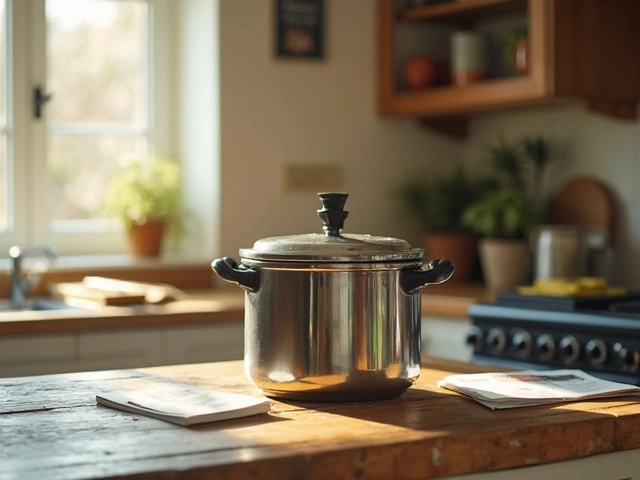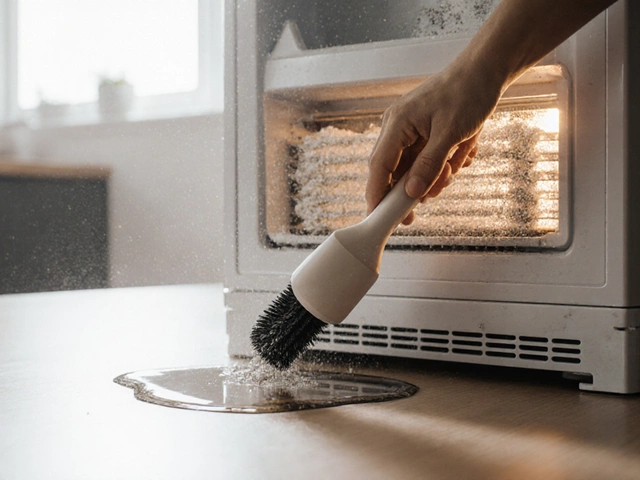Fix Fridge Yourself – Simple DIY Guide
If your fridge is humming but not cooling, or if ice builds up in the freezer, you don’t have to panic. Most issues are caused by a few easy‑to‑spot problems that you can tackle with basic tools. In this guide we’ll walk through the most common faults and give you clear steps to get your refrigerator back in shape without calling a pro.
Spotting the Most Common Fridge Failures
First, figure out what’s actually broken. The typical culprits are:
- Dirty condenser coils – dusted coils can make the compressor work harder and overheat.
- Faulty door seal – a torn gasket lets warm air in, causing the fridge to run nonstop.
- Temperature control issues – the thermostat might be set wrong or malfunctioning.
- Blocked defrost drain – water can pool in the freezer and melt into the fridge.
- Bad start‑relay or compressor – these are more technical but still doable with a multimeter.
Listen for odd noises, check for water leaks, and make a note of any error codes on the display. That info tells you which area to focus on first.
Step‑by‑Step DIY Fixes
1. Clean the condenser coils
Unplug the fridge, pull it away from the wall, and use a coil brush or vacuum to clear dust. A clean coil can improve cooling by up to 30%.
2. Test the door seal
Close a piece of paper in the door. If it slides out easily, the gasket is leaking. Clean it with warm soapy water, then replace it if it’s torn or warped.
3. Adjust or replace the thermostat
Turn the dial a few degrees higher and wait 24 hours. If the fridge still runs hot, you may need a new thermostat – they’re cheap and snap in.
4. Unclog the defrost drain
Mix hot water with a little bleach, pour it down the drain hole (usually at the back of the freezer), and let it sit. This clears any ice blockage.
5. Check the start‑relay and compressor
Remove the relay, give it a tap – sometimes it just needs a jolt. If the compressor stays silent, use a multimeter to test continuity. Replace the part if it fails the test.
After each fix, plug the fridge back in and give it a few hours to stabilize. Monitor the temperature with a simple fridge thermometer – it should sit between 35‑38 °F (1.5‑3 °C) for the fridge and 0‑5 °F (‑18‑‑15 °C) for the freezer.
If you’ve gone through all these steps and the fridge still misbehaves, it’s time to call a professional. Some issues, like a refrigerant leak, need certified technicians.
Keeping your fridge healthy is mostly about regular maintenance. Clean the coils every six months, wipe the door seal weekly, and don’t overload the shelves – good airflow makes a huge difference.
Now you have a clear roadmap to fix most fridge problems yourself. Grab a screwdriver, follow the steps, and enjoy a cold drink sooner rather than later.






